The 10 Coolest Netbooks Of 2008
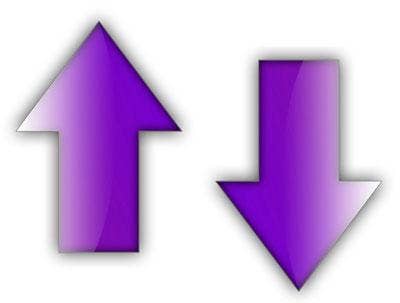
Asus gave birth to a brand new industry in 2007, when it launched the first Asus Eee PC -- a cheap, ultra-mobile but full-function PC for use on the go. In 2008, manufacturers all throughout the industry saw the popularity of the netbook as a new platform and jumped right in. Here are the coolest netbooks we saw, along with some ultracool, ultramobile PCs, which serve the same function in a slightly different form factor.
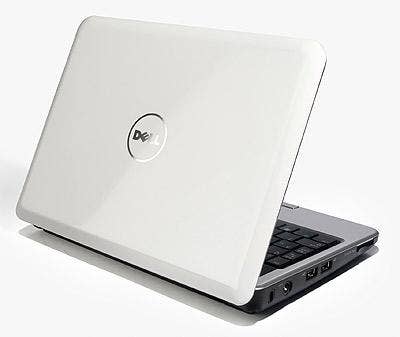
It's got its share of limitations (small keyboard, slow processing speed and memory), but the Dell Inspiron Mini 9 has its cool points, too. It comes in Windows XP or Ubuntu Linux flavors, is small enough to stuff into one bag for a flight, and it does well in the $350-price range. It's also perfect for running slide show presentations via OpenOffice.org Impress (which works well with PowerPoint files).
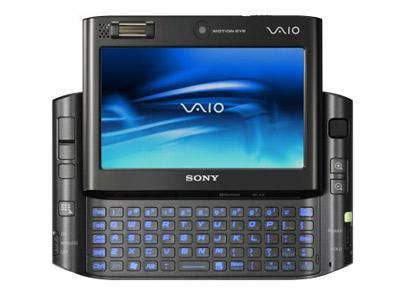
With an Intel processor and a gig of memory, the Vaio has 48-GB storage capacity and weighs only 1.2 pounds. It features a sliding screen that opens to reveal a keyboard.
The Vaio UX 490 measures 6.5 inches wide, 3.5 inches high when closed (5 inches when opened), and 1.5 inches deep. The screen, at only 4.5 inches, has 1,024 x 600 resolution and supports zoom. The screen accepts touch input. It also supports Bluetooth, WLAN and WWAN.
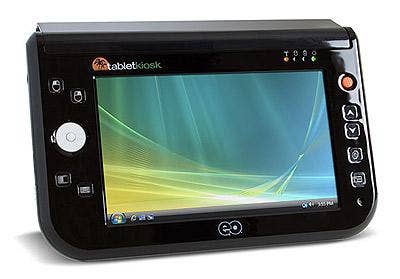
With a Via processor, the eo can range from 40 GB to 160 GB of storage. The eo doesn't have its own keyboard, making it more like a tablet than a notebook. The LCD screen is calibrated for touch, but the eo also supports an onscreen keyboard and handwriting recognition. The eo v7110e measures 8.5 x 5.5 x 1.5 inches. The screen, at 7 inches, is 800 x 480 resolution that can zoom up to 1,024 x 600 resolution. The 7110e has built-in 802.11b/g wireless and Bluetooth.
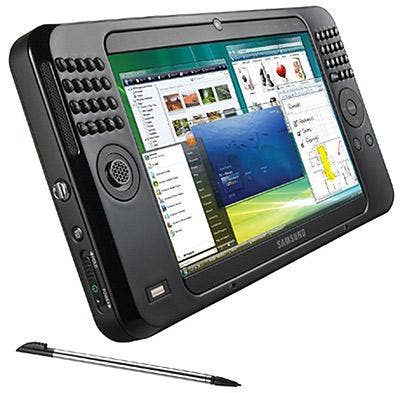
With an Intel processor and a gig of memory, the Q1 Ultra Premium has 50.8-GB storage capacity. It splits the keyboard, placing half the keys to the left of the screen and the remainder on the right. The mouse is reversed, putting the wheel on the left and the buttons on the right.
The Q1 Ultra Premium measures 8.5 inches wide, 4.75 inches high and 1.5 inches deep. The screen, at 7 inches, has 1024x600 resolution and comes with a built-in USB Webcam and a 1.3 megapixel camera. The screen accepts touch input. It also supports built-in 802.11b/g wireless and Bluetooth.
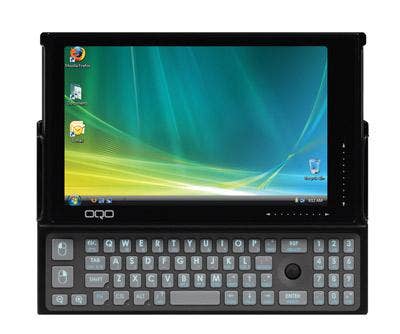
The OQO Model 02 can be considered the sleeker, cleaner and cheaper Vaio UX. Weighing less than a pound, the OQO also features a sliding screen that opens to reveal a keyboard. Unlike the Vaio, the keyboard has raised keys, making it easier to type.
The Model 02 measures 5.6 inches wide, 3.3 inches high when closed and 1 inches deep. The screen, at only 5 inches, has 800 x 480 resolution that can zoom up to 1,000 x 600 and 1,200 x 720 resolutions. The display can be rotated from landscape mode to portrait mode. The OQO also supports Bluetooth, 802.11 a/b/g Wi-Fi, and standard Ethernet networking (using an expansion dongle).
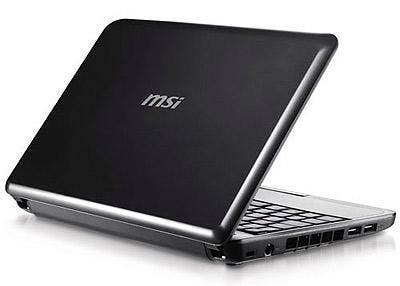
The U100 has a 10 inch, 1024x600 wide-screen display, utilizing an LED backlight. As with most of the newest netbooks, the U100 uses Intel's Atom processor to increase performance while reducing battery usage and heat. Relative to similar units, the keyboard on the Wind has largely spaced keys, which we found much easier to use than those on some of the smaller devices. With a street price in the vicinity of $650, the Wind U100 is priced a little on the steep side when you consider that a full-size, full-power laptop can be purchased for not much more. On the other hand, there is something nice about being able to do everything you need to on a computer that actually is the size of a notebook.
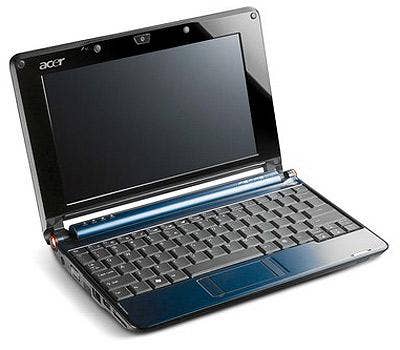
The Aspire One ships with a multi-in-one card reader that supports five formats. There is a 0.3-megapixel Web cam, 802.11b/g wireless, 10/100 Fast Ethernet, and WWAN and GSM support. There are three USB 2.0 ports, an external VGA port, headphone and microphone jacks, and an SD card reader for storage expansion.
With its affordable price tag and on-par performance, the Aspire One is more than able to compete with similar notebooks on the market. And the easy-to-use interface of Linpus Linux Lite will be appealing to users willing to give Linux a try.
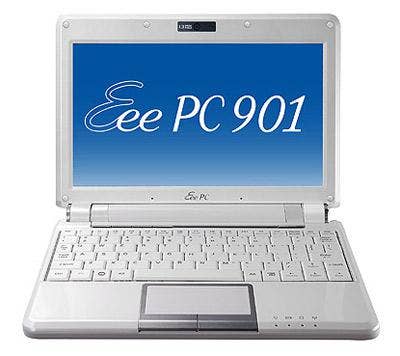
At 8.9 x 6.7 x 1.3 inches, the 901 is literally smaller than most real books. This is due, in part, to being a system built with the tiny Intel Atom CPU. The 8.9-inch LCD display is very bright with nice, vivid colors at a 1024x600 native resolution. In addition to the small size, its weight of 2.5 pounds (with the battery) makes it light enough to carry around all day. It's got almost five hours of battery life, and its $599 list price is still within reach for those seeking a netbook.
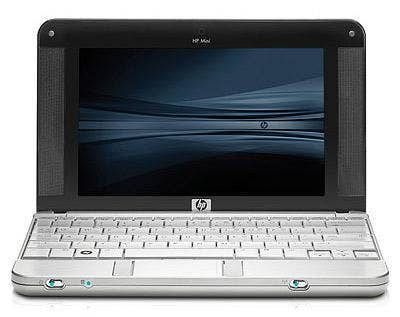
HP, the world's market-share leader in the notebook space, wasn't going to let someone else invent a similar market without it going unchallenged. HP launched the HP 2133 Mini-Note PC earlier this year, in both Windows and Linux flavors, with a 1.2-GHz processor from Via, and an 8.9-inch screen. In the $500 ballpark, HP wasn't only taking on netbook makers, it was providing -- complete with silver, metallic case -- an alternative to rival Apple's MacBook Air.
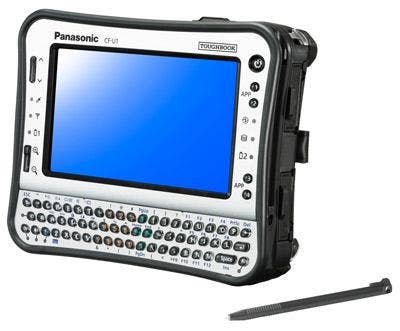
The first, and still only, ruggedized netbook, Panasonic executives and engineers tested the CF-U1 pre-launch by, among other things, using it as a bowling ball for a little hallway bowling at headquarters. It worked. Not only does the CF-U1 perform on par with other netbooks, it's built for ease of use for folks like warehouse workers who need to hold it constantly while inputting data. With Windows Vista Business and a 16-GB SSD, the CF-U1 ensured that the netbook as a platform could be driven into even the most demanding mobile environments.